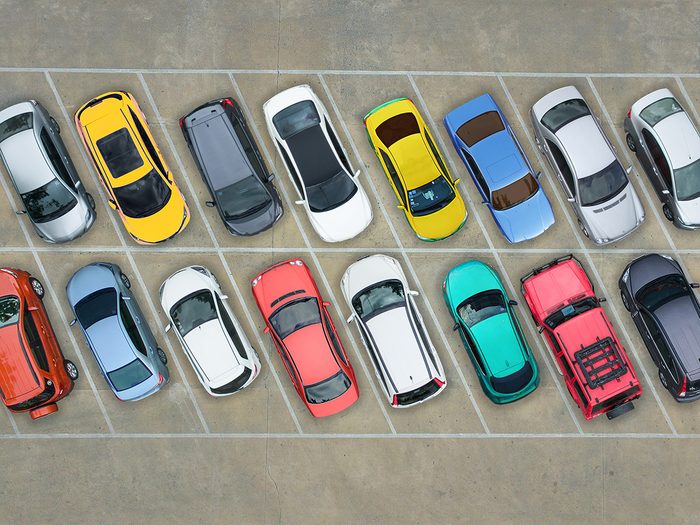
All cars are not created equal
In your parents’ or grandparents’ day, all cars were created equal—or fairly equal. Oil needed to be changed every 5,000 kilometres—and everyone used basically the same type. That was just one example of the many ways car maintenance was standardized among all vehicles. Today, there are as many different maintenance guidelines as there are types of cars. The good news is that auto engineering has advanced to such a degree that car maintenance is easier than ever. The bad news: Many car owners still follow the old guidelines, wasting time and cash—and perhaps even damaging their cars. Jumpstart your knowledge, avoid engine damage and stop wasting money on your car by reviewing these common missteps shared by Ben Perricone, territory manager, AAA Mid-Atlantic, headquartered in Wilmington, Delaware.
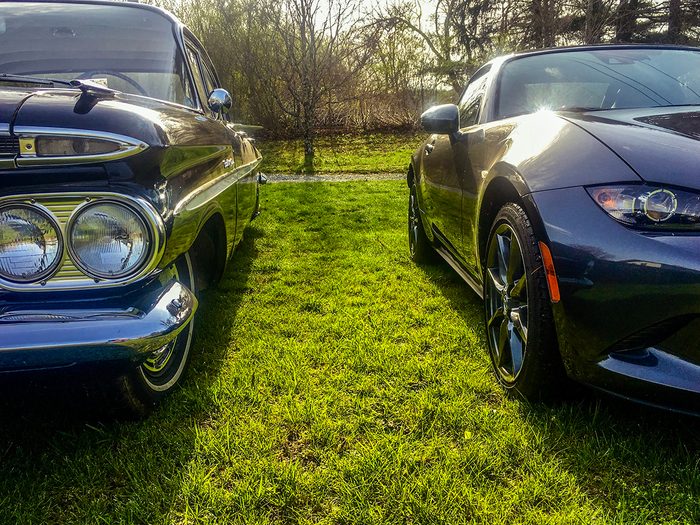
Ignoring your car’s specifics
A car built in 2023 is going to have different maintenance requirements than one built in 1972. Don’t guess or assume details about your car, and don’t blindly accept a mechanic’s recommendations. Make sure you know your car’s year, make, and model, and keep the owners’ manual handy. It has all the information you need to properly maintain your vehicle. Reviewing it will save you hundreds of dollars in maintenance missteps and fuel.
To save even more, find out the secrets your car mechanic won’t tell you.
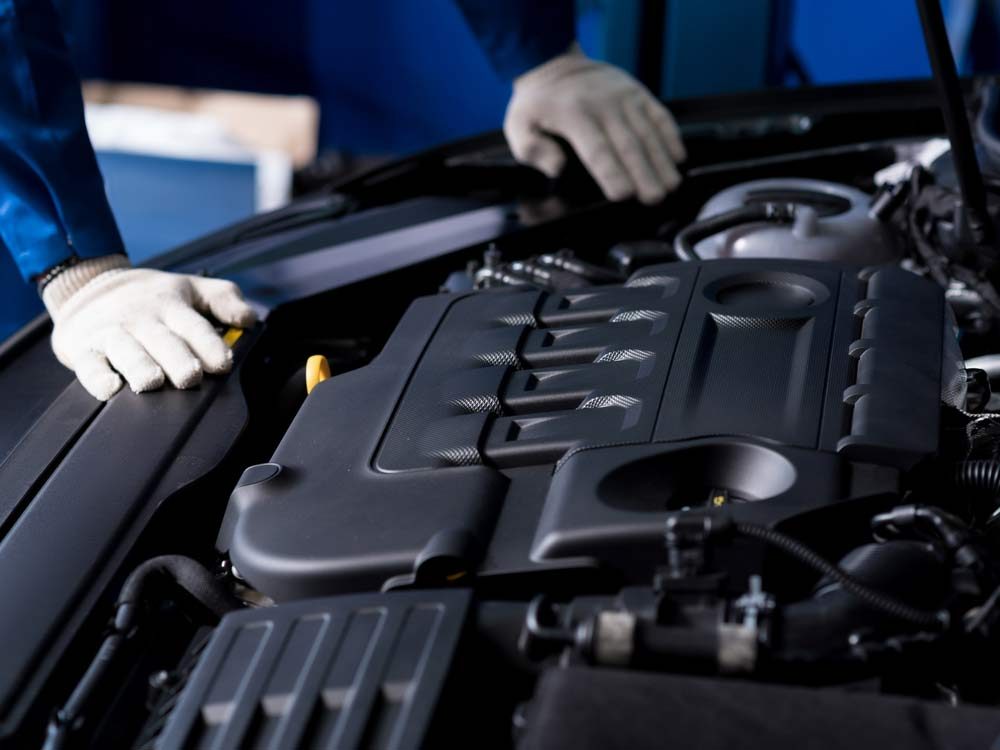
Agreeing to tune-ups
“Cars haven’t needed tune-ups in 20 years,” says Perricone. Older cars needed tune-ups every 30,000 to 50,000 kilometres. Now, computers, the brains that operate modern cars, have erased the need for such tune-ups. Before you agree to one, find out the specifics of what will be done. Changing oil filters and spark plugs are routine maintenance steps that may be classified as “tune-ups” when they really shouldn’t be. So ask questions—and check your owners’ manual. Remember, older cars are the ones that may need more traditional “tune-ups.”
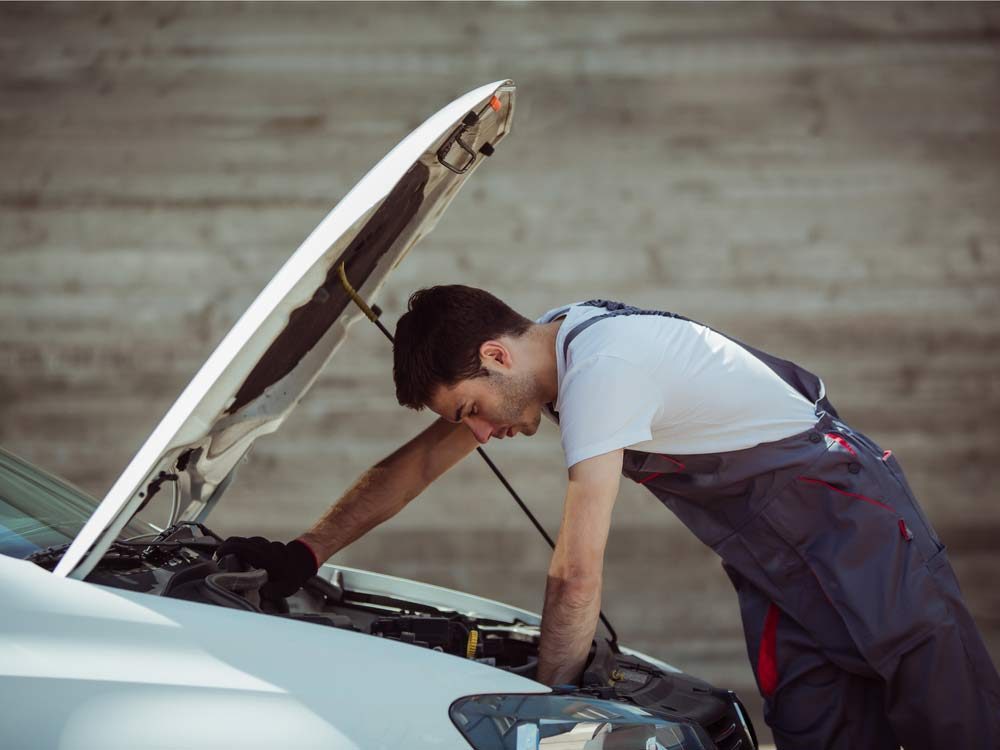
Getting a lube job
In most cases, lubricating a car’s chassis (the vehicle’s framework) is as archaic as the tune-up. The ball joints and other parts of modern cars are permanently sealed so there is no need for lubrication. Again, understand what year, make, and model of the car you have. One note: Trucks are different than cars. Some have grease fittings on ball joints and tie rods and may need lubrication. But late model passenger cars generally don’t need any lube jobs, says Perricone.
Find out 14 things you should never do to your car.
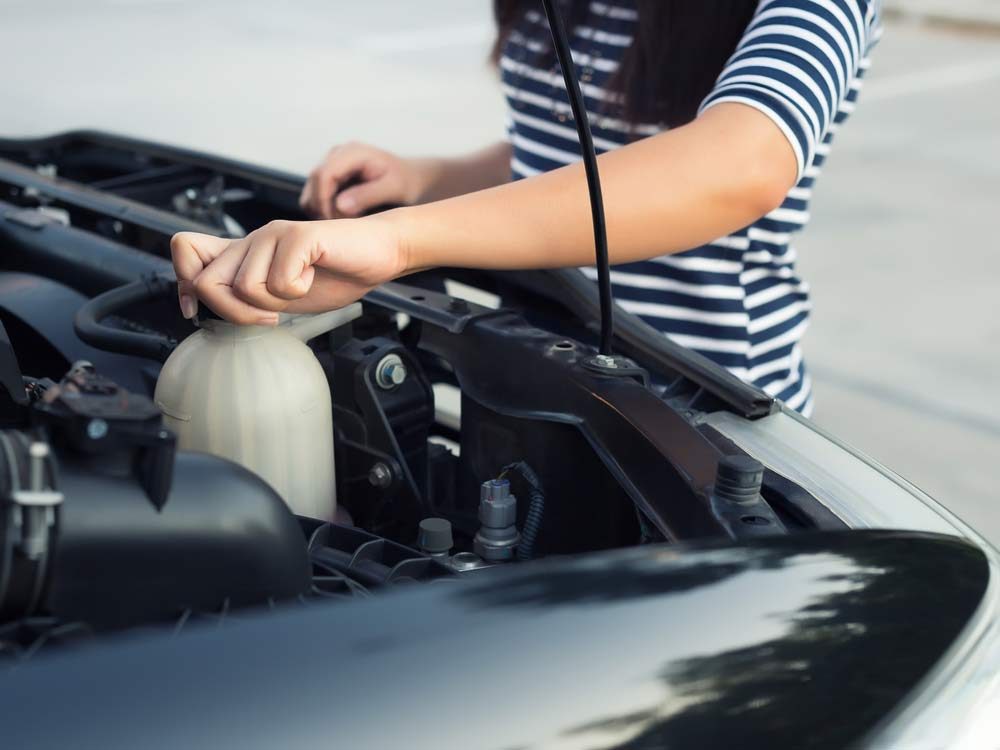
Getting your engine flushed
Yes coolants, often called anti-freeze, do need to be changed. But flushes can damage your car. To understand this, consider that flushes are often sold as a way to rid your engine fluids of dirt and other contaminants. The problem is that flushes can also damage the car, causing seals to leak. Cars don’t need flushes unless you have driven through high water or in other extraordinary situations. Again, checking your owners’ manual comes in handy because a 1978 pick-up truck, for instance, may need a flush, depending on many factors.
Here’s the ultimate car maintenance schedule you should be following.
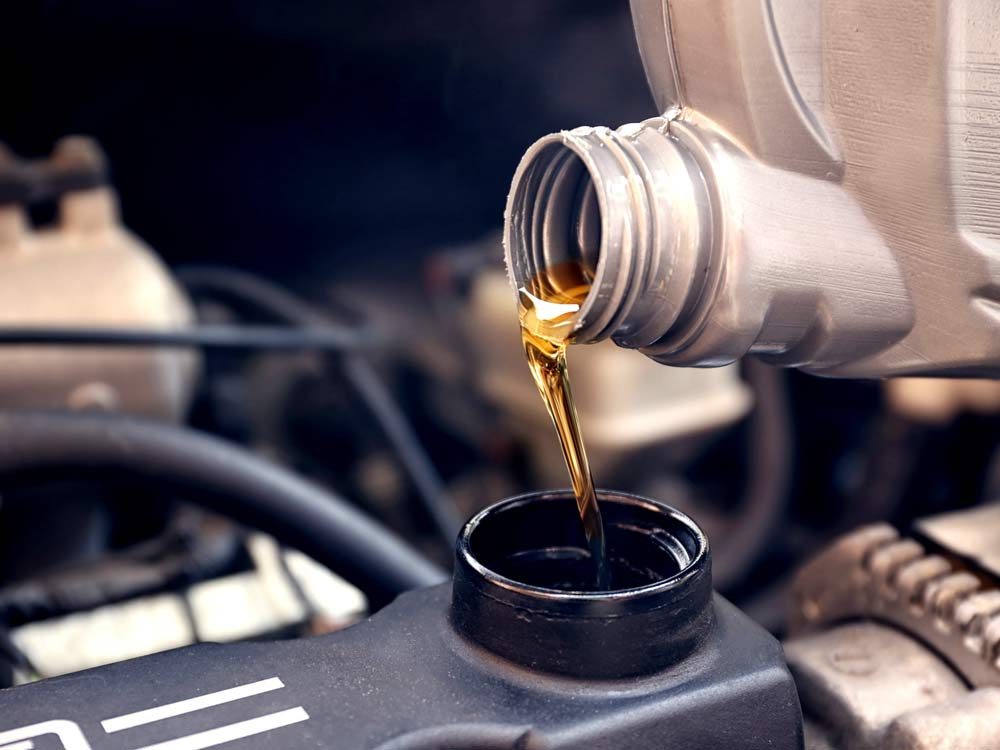
Thinking any oil will do
Synthetic oils have advantages that are needed and used to optimize the function of some modern engines. But synthetic oils don’t benefit all engines, especially those of older vehicles. Ensure you are using the correct viscosity and grade for your particular vehicle.
Here’s exactly how often you should change your oil.
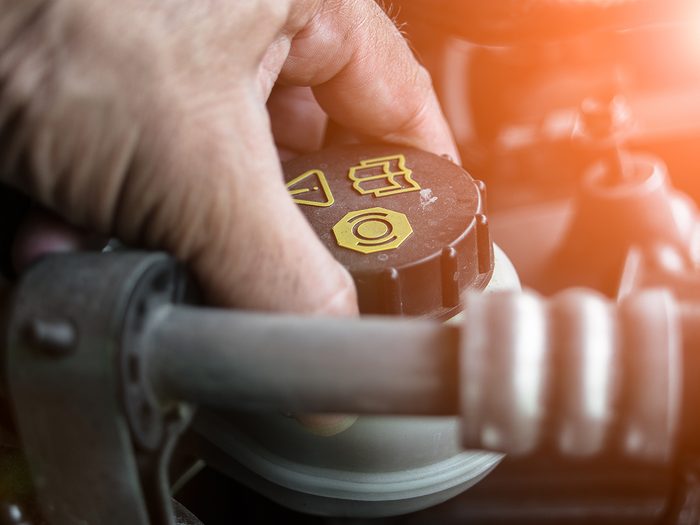
Ignoring brake fluids
Newer cars have caps on the master cylinders that keep out dirt and grime but don’t seal the system. After two years, brake fluid has absorbed as much water as it can possibly hold and still properly function. “The moisture will go to work attacking all components,” says Perricone. “That same water trapped in the system will attack anti-lock brakes and other expensive components.” The bottom line: Change your brake fluid every two to three years.
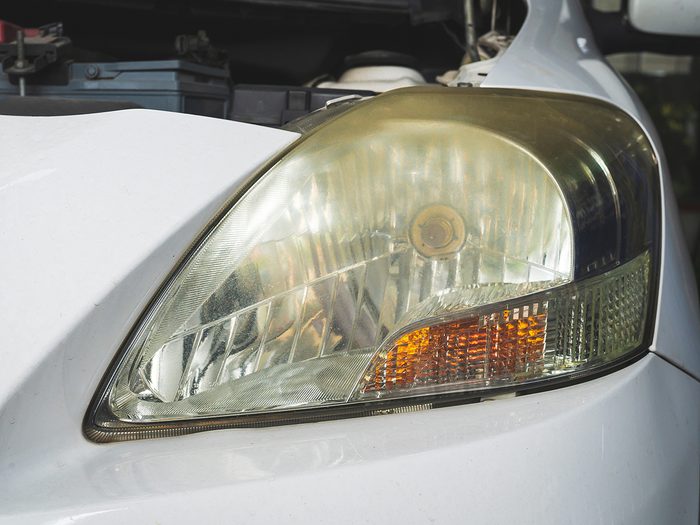
Using a quick fix for cloudy headlights
Ever notice that headlights yellow and grow murky? That limits visibility especially at night and during dangerous driving conditions, which decreases safety. Don’t buy the ready-to-use headlight restoration kit or the at-home fixes detailed on the Internet, says Perricone. Any improvement from those fixes (that cost about $20) will only last a few weeks. Instead, go to a reputable service station. They will sand the lens, remove the damaged plastic, polish the surface, and retreat it with protective coating.
Next, find out what these strange car noises mean, according to a mechanic.